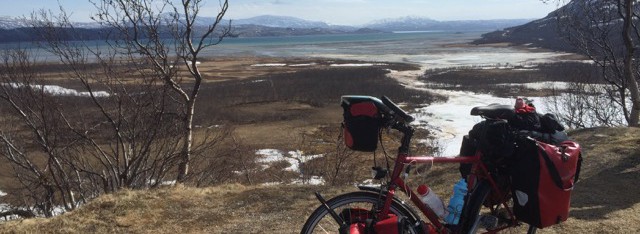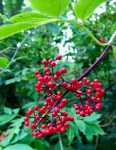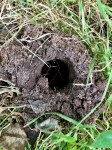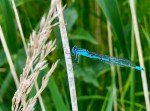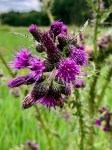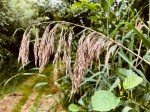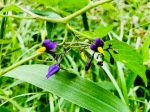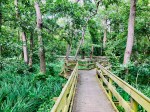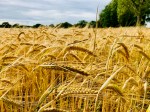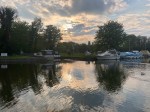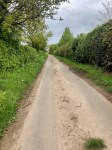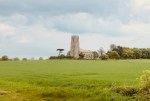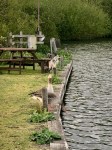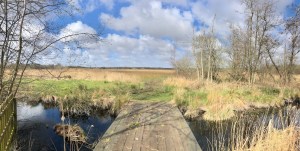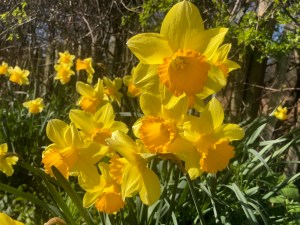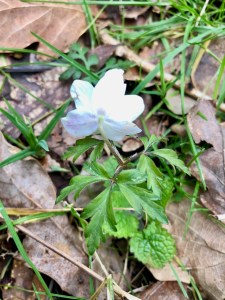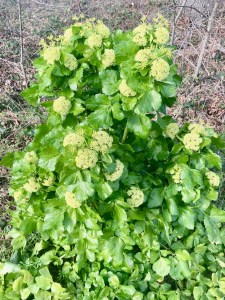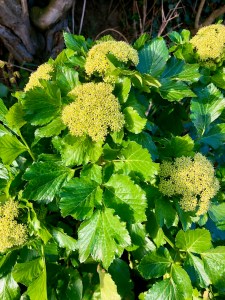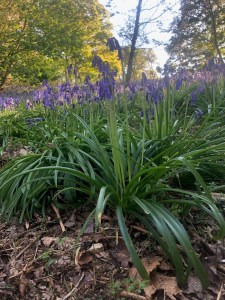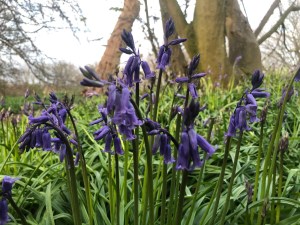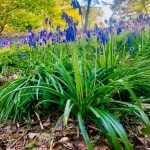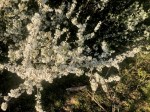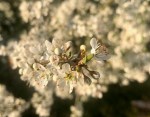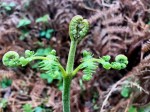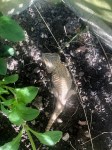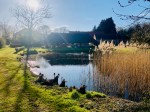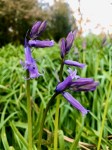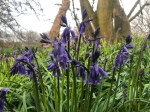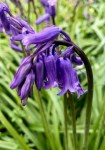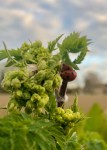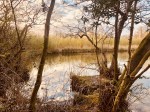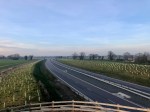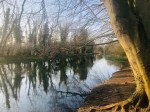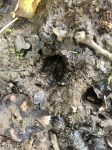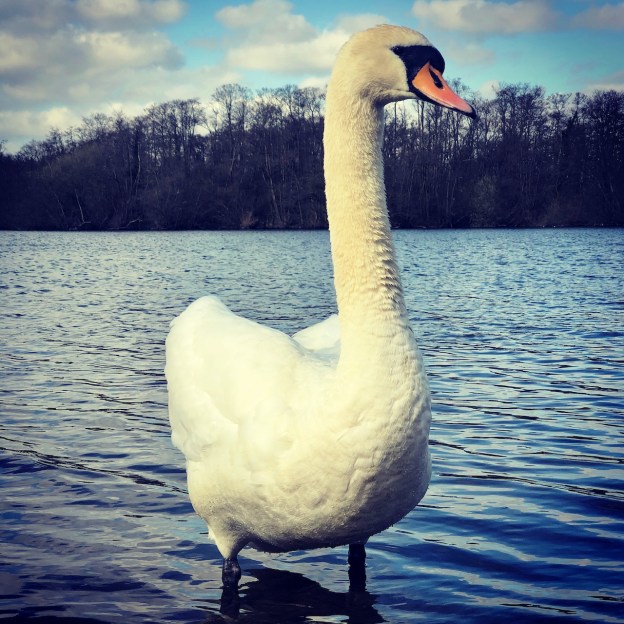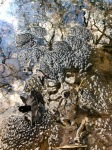Hi – this is a reflective post on Extinction Rebellion, with whom I’ve been involved for about a year and a half now, if not longer; recently time is starting to blur a bit. It will most likely be of interest to active rebels, but I’d invite anyone to read it and comment, as it’s useful to hear other opinions. I originally started writing it in a response to a post on social media, but apparently it’s a bit too long to fit in the comments!
Extinction Rebellion…Oct 2018 to June 2020
It was such a relief to me when Extinction Rebellion (XR) started in Norwich. Turning up at that first meeting in October 2018 to find there were lots of people like me, very concerned about the environment and ecology, and the path that we’re still on; 4oC temp rises, mass extinction, societal breakdown, mass migration and war, famine, drought, ecocide etc.
At the time the above were my main concerns, and still feature right up there on my worry list. Thinking about the future and what’s going to happen to everyone (humans, animals, plants, planet) genuinely does stop me from sleeping, and often makes me think everything pointless, because I’m not sure there’s anything we can do to stop this runaway train (unintentional link to HS2 there). There’s just not the willingness politically, or amongst business leaders, or amongst most of society in the UK to make the drastic changes we so desperately need. People don’t want to give up there comfortable, high-consumption, cosy and safe lifestyles; and by people I do mean most people in the western world. I totally acknowledge this is a challenge for me too!
I still think most people, even if they now know climate change is real, don’t really get the implications, or the impacts already being felt by the Global South and indigenous populations. Yeah, there were those fires in Australia, and didn’t South Africa run out of water, and what about those orang-utans (etc etc), but at the end of the day I can worry about that a bit then go back to my cosy lifestyle, as it’s not on my doorstep.
It’s not on my doorstep yet anyway. It will be soon but people don’t want their bubble broken, or to be taken outside of their comfort zone. It’s damned scary. Blissful ignorance is…well…blissful.
But once you’re properly awake, you can’t go back to sleep. And that’s why it was such a relief to find a group of people in Norwich, and nationally, who wanted to try and do something about an issue that has been on my mind for years and years. I think many of us, even if it’s at an unconscious level, have known something is wrong all our lives. Here was a group of people that really understood the depth of the crisis and changes needed. To us it’s obvious why you shouldn’t build another airport or more roads, damage vital habitats to build a railway or more houses, or push an unfettered economic growth policy. It’s obvious the modern way of life and capitalism is ultimately killing us. It’s now more obvious how this links in with Social Justice. All of this still isn’t obvious to most people though, and I can’t really judge them on that; it’s a hard topic and not widely discussed or accepted.
I’ve was never involved with any kind of activism before XR, and I think that’s pretty representative of a lot of our membership, aside from some of our ‘leaders’ (hesitant about using the word leader, probably mean more founders). We’re just ‘normal’, run of the mill UK people, with ‘normal’ jobs and lifestyles. And yes, a lot of us are middle classed, and very privileged; I for one acknowledge that. Until recently I didn’t know much about other movements and struggles, and for example I still view organisations like Unions with distrust (but trying not to judge).
Sure, I was worried about the NHS, Brexit, human and animal rights, racism, fairness, and a host of other issues, but for me these all paled into insignificance versus the Climate Crisis and Ecocide. In the end these two things have made me an activist, and got me out onto the streets. I think this is still the case for lots of XR members; the climate and ecological crisis is the issue that trumps all other issues, as if we don’t solve that there won’t be anything else left to fix. I still believe that to an extent. And I think a lot of rebels still want us to focus on that, and feel we might be trying to bring too many other issues into scope.
However, since those early XR days, I’ve learnt loads thanks to talking to lots of other rebels; I could reel off a long list of names and talks I’ve been too, but you’ll probably know who I’m referring to if you move in those circles. XR has been a gateway to the world of activism and learning more about the issues we face locally, nationally and globally. One of the biggest areas of learning has been around Global/Social Justice, and how it’s all linked. We can’t fix the climate and eco crisis without addressing Global Justice. And by Global Justice I mean acknowledging and taking action to stop the exploitation of the Global South and indigenous populations, and to support them on the front-line of the climate crisis; they’re already dying in their thousands.
It also means acknowledging and doing more to combat racism and inequality in our own country, for the same reasons, and that includes within XR. We need everyone’s voices (I exclude racist and some other categories from ‘everyone’) and to engage with all communities, not to distance ourselves from them, or say we don’t need them; I have personally seen this happen. We also shouldn’t take actions without understanding the impact it can have on communities which one doesn’t originate from. More empathy, outreach and understanding needed.
What can we do to make XR better? What can we do to fix what could be viewed as a make or break few months? I don’t have all the answers and shouldn’t expect to; we need everyone’s help with that.
What don’t I want to see?
I don’t want to see current rebels, who joined for the same reasons I did, leaving because they think being middle classed and privileged means they’re no longer welcome, or because it means they don’t really have a right to protest. I think I need to acknowledge and use my privilege in a constructive manner, to hopefully to make things better. I also acknowledge the ‘not feeling welcome’ bit is how a lot of BAME/LGBTQ must feel all the time.
I don’t want to see XR paralysed by internal politics, especially at a national level. I don’t want to see us starting to rely on a hierarchy that will stop us from doing anything; we’re a self organising system with demands, principles and shared values. We shouldn’t be held back because suddenly one of our previously key members/leaders is doing something we find is at odds with those principles and values; let’s move on.
There are quite a lot of very self righteous people (I hope I’m not one of them) around at the moment who are getting too judgemental perhaps. Too many egos? Maybe XR is being used as a platform for other causes where it’s not really appropriate to do so?
I also really don’t want to lose the grass-roots rebels we have, that would diminish us. I feel that if you’re part of something you care about, and think it might be broken somewhere, then it’s better to try and at least fix it before leaving; if you think it’s worth your time and effort, and isn’t going to bring you too much stress or ill-health.
What do I want see?
I want to see the 4th demand (Social Justice) put in place as soon as possible, and don’t want to have to wait for months of endless talk and meetings for this to happen. I personally think if the majority approve it in local groups, they can just add it at a local level, and national can catch up.
I want to see our existing rebels get motivated and out on the streets again for the right kinds of actions; targeted actions versus government and corporations. Not actions that are going to adversely impact already stressed communities.
I want to see peaceful mass actions at a local level. Sure, we should go ahead with national actions and large scale well considered, well-messaged, and well-managed Rebellions, but local groups shouldn’t just wait for these to happen, or be reliant on central ‘leadership’.
I want to see more outreach and discussion with working class and BAME communities. I would love XR rebel numbers to grow from their ranks, but if that’s not possible please can we learn from them, act in harmony with them, and support each other? I am certain we can do this with the BLM movement.
I want to see more education and trainings to help people understand how the climate and eco crisis is inextricably linked to Global/Social Justice. This will surely help bring communities together; more integration and learning on both sides. We need more actions specifically on Global Justice, or XR rebels turning out to support actions organised by these movements.
I want middle class XR members to understand why it’s more difficult for working class, LGBTQ, and BAME communities to rebel, and to support them where they can so they feel they are able to, so we can create a united movement across society. I think this is starting to happen, but we have a long way to go still.
I want people not to be afraid to speak what’s on their mind, ask questions, challenge statements, enter in to discussion. It’s the only way we really learn.
I desperately want people to pause more often for self reflection and to think about what they’ve learned, whether they need to learn more, and whether that means they need to alter their trajectory at all. Really – Before you judge a man, walk a mile in his shoes (empathy). We shouldn’t get paralysed by self reflection though; sometimes happens to me.
I want more people helping and doing stuff, rather than just talking about it, or criticising. I want less meetings and more actions.
I am probably wanting too much, and again acknowledge I am speaking from a privileged position, and that I still have lots to learn. Yep, I’m one of those middle aged, white, middle classed white blokes, but I don’t think that means I should just shut up; it does mean I should listen more though.
I move through periods when I think anything is possible, to periods of despair and grief, especially when I move outside my own echo chamber (but even whilst within it).
I’ve just got to carry on believing change is possible, and hoping we can work out how best to bring about that change as time goes on. But time is ticking, and frankly I’m increasingly anxious (or terrified ) about how little of it we have left to make the significant changes needed. Maybe only months, maybe years; those tipping points are looming. I am increasingly tempted to do what some have done, try and buy my own patch of land, somewhere remote, and prepare for the worst.
How do I feel better? By organising and participating in targeted non-violent direct action and positive outreach, centred around the climate and ecological crisis, as well as global justice. It feels right to me, when they’re the right sort of actions/outreach, and when they have some sort of impact. More of those sorts of actions, and I hope with an ever increasing number of Rebels, as well as cross-overs with other movements and communities.
Finally, a plea.
As we come out of lockdown I’m hoping we don’t go back to where we were prior to Coronavirus, and that we don’t let our government and business leaders take us back there by investing in the wrong areas, to drive more profit and growth for the benefit of a very small fraction of society. We new a new baseline to work from.
There are many positives to take from lockdown, such as being able to work from home, not needing to travel so much, consuming less in general, and how local communities have rallied around to help one-another.
I hope we can ‘Build Forward Better’, a green and sustainable future investing in the right things, which doesn’t include projects like HS2 (remember we can work for home), massive new road schemes, or housing developments on endangered biodiverse habitats.
I hope people realise that long term happiness and satisfaction is more about who you have around you, functioning communities, being able to play, being able to enjoy nature, being able to talk to your family and neighbours. It’s not so much about having to go on holiday abroad twice a year, or constantly buying new stuff you don’t really need at the expense of our environment, ecology and the Global South. Let’s stop sleep walking towards our own destruction.
We can be happy without all of that, in fact we can be happier than we are now, with less stress, mental and physical illness. We should be able to support one another across society to make this happen; a transition to a fair, sustainable, resilient, and green world.
Now stop reading my ramblings and go enjoy some nature, dance in the rain, play some music, talk to a neighbour, play a game, or just be in the moment for while.
Love and Rage.
